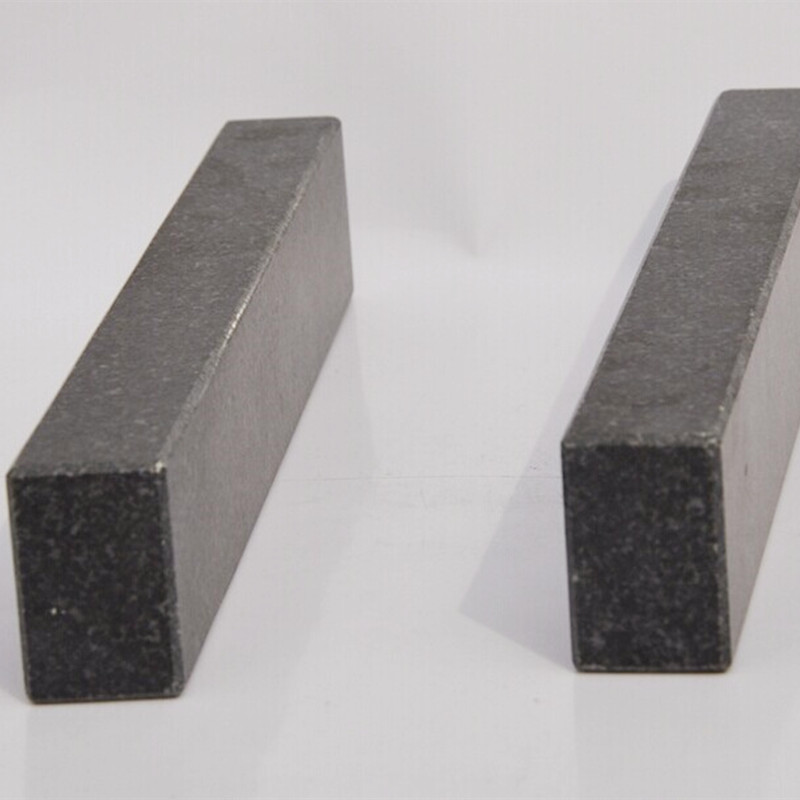Դկտ . 09, 2024 22:05 Back to list
Guide to Understanding Water Check Valves and Their Importance in Plumbing
Understanding Water Check Valves Importance, Functionality, and Applications
Water check valves, also known as one-way valves or non-return valves, are essential components in plumbing and fluid management systems. Their primary function is to allow water to flow in one direction while preventing backflow. This mechanism prevents potential damage, contamination, and pressure loss in a variety of applications, making check valves crucial elements in residential, commercial, and industrial settings.
The Importance of Water Check Valves
The importance of water check valves cannot be overstated. In any system where water or other fluids are transported, backflow can lead to serious implications. For instance, in residential plumbing, backflow can cause sewage to enter clean water supplies, leading to health hazards. In industrial settings, backflow can disrupt operations by damaging equipment or contaminating products.
Moreover, the energy efficiency of a system may be compromised if water can flow backward, causing pumps to work harder. By ensuring a one-way flow, check valves can significantly enhance the efficiency and reliability of plumbing and fluid systems.
How Do Check Valves Work?
The functionality of a check valve is based on a fairly simple principle. The valve consists of a body with an inlet and outlet, along with a movable part, often called a disc or flap, which is situated within the valve. When water flows in the designated direction, it pushes against the movable part, allowing water to pass through. Conversely, if water attempts to flow backward, the pressure causes the movable part to close tightly against the valve seat. This prevents any reverse flow, ensuring the system remains sealed.
Types of Water Check Valves
There are several types of water check valves, each designed for specific applications
1. Swing Check Valves These valves include a hinged disc that swings open with forward flow and closes with reverse flow. They are commonly used in horizontal piping systems.
2. Lift Check Valves In lift check valves, the disc moves vertically and is typically used in vertical piping systems. They can be more effective in high-pressure applications but may require more maintenance.
water check valve

3. Ball Check Valves Featuring a ball that sits in a chamber, this type allows flow in one direction while the ball seals against the seat to prevent backflow. They are often used in pumps and irrigation systems.
4. Diaphragm Check Valves Utilizing a flexible diaphragm, these valves can close off reversed flow effectively even at lower pressure conditions. They are common in applications where hygiene is essential, such as food and beverage production.
Applications of Water Check Valves
Water check valves find utility in a myriad of applications, each emphasizing their critical role in mechanical efficiency and safety
- Residential Plumbing They are used to prevent sewage backflow into home water systems, safeguarding potable water supplies.
- Industrial Systems In factories and plants, check valves protect machinery and processes from reverse flow, ensuring the integrity of production lines.
- Fire Protection Systems Check valves are integral in maintaining the efficacy of fire suppression systems, ensuring that water can flow to the emergency systems without risk of backflow contamination.
- Aquaculture and Irrigation In agricultural settings, they help manage water levels and flow to crops, ensuring that irrigation systems operate efficiently without the risk of water draining back.
Conclusion
In summary, water check valves serve as critical safeguards in the management of fluid systems. Their simple yet effective mechanism ensures the directionality of flow, protecting against contamination and operational inefficiencies. Whether in residential, commercial, or industrial applications, the presence of a well-functioning check valve can prevent costly damages and enhance the performance of plumbing systems. As water resources become increasingly precious, understanding and implementing the right check valves may play an essential role in efficient water management practices. As technology advances, innovations in check valve designs further enhance their reliability and efficiency, ensuring that these small yet mighty components continue to play a vital role in fluid management for years to come.
-
Why Metric Trapezoidal Thread is Ideal for Precision Motion ControlNewsAug.05,2025
-
The Unique Properties of a Block of Granite for Industrial UseNewsAug.05,2025
-
The Role of Flanged Y Strainers in Preventing Pipeline ClogsNewsAug.05,2025
-
The Importance of Regular Calibration for Master Ring GagesNewsAug.05,2025
-
How a Cast Iron Surface Table Enhances Accuracy in ManufacturingNewsAug.05,2025
-
Comparing Different Check Valve Types for Optimal Flow ControlNewsAug.05,2025
Related PRODUCTS









